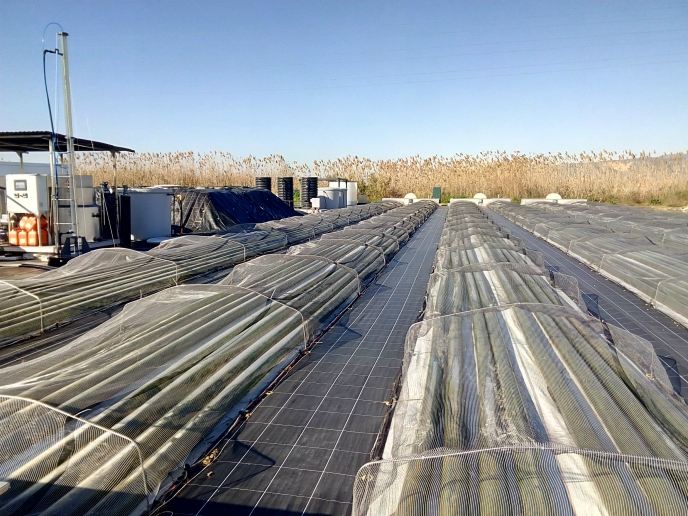A good nose for bad food and drink
Food spoilage caused by biotic or living organisms is a serious and widespread problem. In particular, the contamination of different food and feed commodities by OTA — produced by several fungi — is a serious health risk because of its high toxicity. Therefore, it is necessary to ensure close surveillance of mycotoxin presence in food, beverages and feed by using reliable and rapid analytical methods. Fulfilling this requirement was the goal of the OTASENS project, funded by the EU. The project’s main objective was to design a system able to simplify the technique while improving the detection limit of OTA in wine, beer and cereal-based feed. This was achieved with the development of two types of new low-cost OTA detection systems. One of the devices is called a smart TLC detection system. It is based on photosensors for fluorescence detection of OTA coupled with a thin-layer chromatography (TLC) plate for chromatographic separation. The other is a micro-immunoassay lab-on-a-chip detection system. This is based on photosensors for chemiluminescence detection in conjunction with a surface that has been properly treated to host an antibody antigen reaction involving OTA molecules. The success of the now completed OTASENS project resulted in some of the partners submitting a new project proposal for a strong demonstration activity. This new proposal aims to verify the repeatability and reliability of the prototypes manufactured in the laboratory, before scaling up to real production. If successful, this will play an important part in improving the safety and security of the EU's food and drinks supply chains and related industries.






